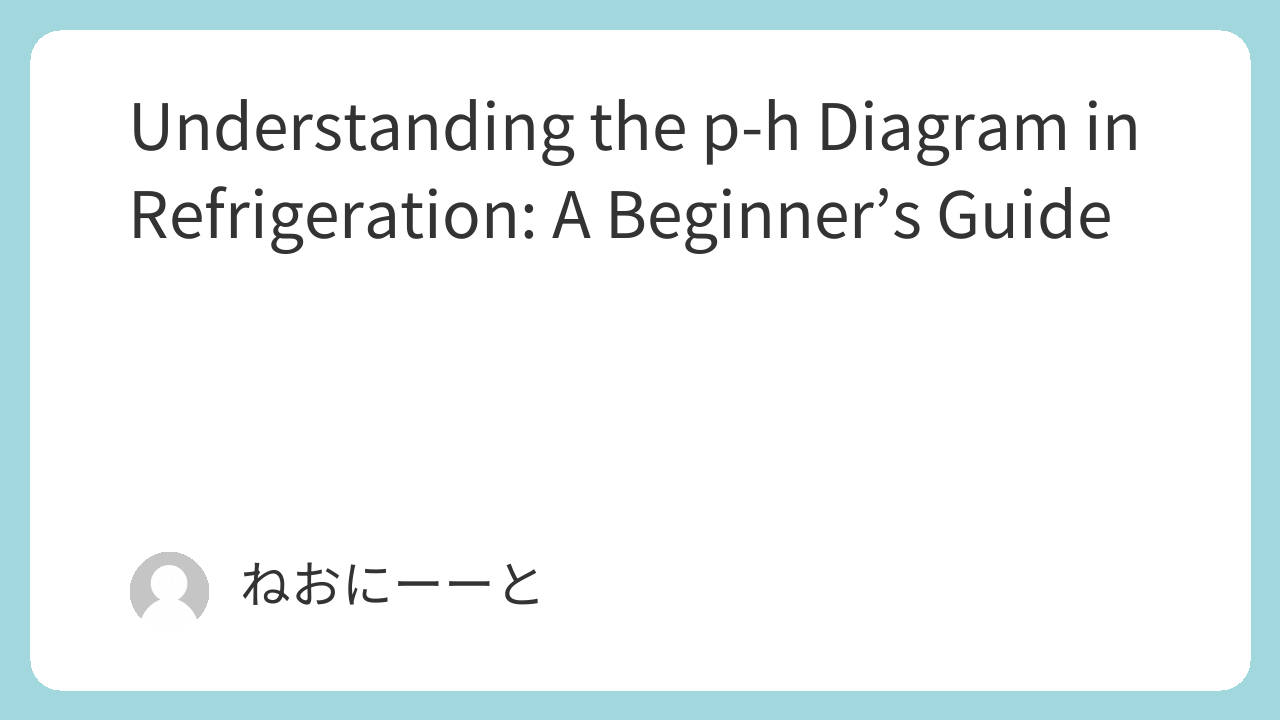When we talk about refrigeration systems, pH might not be the first thing that comes to mind. The pressure-enthalpy (p-h) diagram is an essential tool in refrigeration engineering. It visualizes how refrigerant behaves as it moves through different parts of a cooling cycle. If you’re just starting out in HVAC or plant engineering, this guide will help you grasp the basics of the p-h diagram and how it’s used in real-world systems.
What Is a p-h Diagram?
- A graph showing pressure (p) on the vertical axis and enthalpy (h) on the horizontal.
- Helps engineers understand changes in the refrigerant during compression, condensation, expansion, and evaporation.
Why It Matters in Refrigeration
- Makes it easier to analyze system efficiency.
- Helps in selecting the right refrigerant.
- Useful for troubleshooting performance issues.
Basic Cycle on the p-h Diagram
- Compression: Pressure and enthalpy increase.
- Condensation: Pressure constant, enthalpy drops.
- Expansion: Sharp enthalpy drop.
- Evaporation: Constant pressure, enthalpy rises.
Tips for Beginners
- Focus on learning the typical cycle path.
- Use software tools to plot cycles for different refrigerants.
- Compare theoretical vs. actual cycles to find inefficiencies.
Conclusion
The p-h diagram may seem complex at first, but it’s one of the most useful tools for understanding and optimizing refrigeration systems. Once you get the hang of it, reading system performance becomes much easier.

Comments